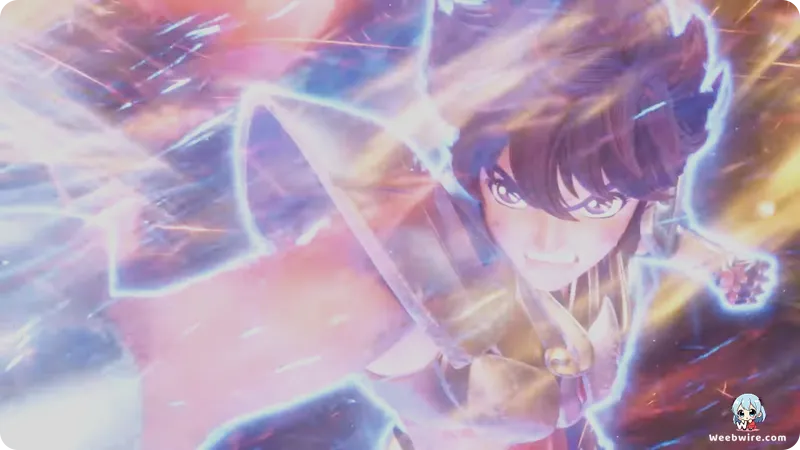The Secret History of Saint Seiya: Censorship, Cosmo, and the Controversial Design of Andromeda Shun

Masami Kurumada’s 1986 work, Saint Seiya: Knights of the Zodiac, is a foundational piece of the shonen genre, known globally for its integration of Greek mythology and cosmic martial arts. While the core narrative follows the valiant Bronze Saints—Seiya, Shiryū, Hyōga, Shun, and Ikki—in their mission to protect Athena, the series’ lasting influence stems from its complex lore and specific creative choices.
The Philosophical Core: Understanding Cosmo
Central to the Saint Seiya universe is the concept of Cosmo. This power system transcends typical energy projection seen in other anime; it represents the inner universe and spiritual essence of every being. For a Saint, "burning" their Cosmo is a profound spiritual exercise, allowing them to harness their life force to generate power comparable to the Big Bang.
Kurumada established a clear hierarchy of spiritual attainment. Bronze Saints must achieve the Sixth Sense. True mastery belongs to the Gold Saints, who unlock the Seventh Sense, granting them the ability to move and fight at the speed of light. The ultimate spiritual state is the Eighth Sense, or Arayashiki. This critical philosophical element, which underpins the legendary Hades arc, allows warriors to maintain consciousness and agency within the underworld.
Intentional Design: Andromeda Shun and the Phoenix Cloth
Creative decisions significantly shaped character design, particularly concerning Andromeda Shun. Shun is characterized by his compassionate nature and reluctance toward violence, possessing a distinctively graceful aesthetic. This design was deliberate. Kurumada initially considered a core female Saint but chose to maintain an all-male core cast, typical of shonen series at the time. Instead, he applied the intended graceful design to Shun, creating a character who defined strength through sensitivity and sacrifice, offering a direct contrast to the aggressive masculinity of figures such as his brother, Ikki. This complexity often resulted in confusion and misgendering during early Western localizations.

Regarding Ikki, his Phoenix Cloth possesses a unique attribute among all Bronze Armors: extraordinary regenerative capability. This mirrors the mythological Phoenix rising from the ashes. The armor can completely repair itself even after total destruction, symbolizing Ikki's narrative role as an unstoppable force destined to reappear following any defeat.
The Challenging Path to North America
Despite achieving massive success in regions like Latin America and Europe, where it was known as Les Chevaliers du Zodiaque, Saint Seiya’s initial reception in North America was complicated. When DiC Entertainment localized the series as Knights of the Zodiac in the early 2000s, it underwent extensive censorship.
Fearing negative reactions regarding religious symbolism and graphic violence, the localization team heavily edited episodes, removing references to death and blood. Characters who died were infamously rewritten as merely being "sent to another dimension." This severe dilution of Kurumada’s dramatic, mythological vision resulted in a compromised viewing experience and a muted US reception, standing in stark contrast to the fervent global cultural phenomenon the uncensored version had already established.
Credits
Saint Seiya: Knights of the Zodiac
Author
Masami Kurumada
Cover Art
Masami Kurumada
Studio
Toei Animation
Publisher
Shueisha
Producers





